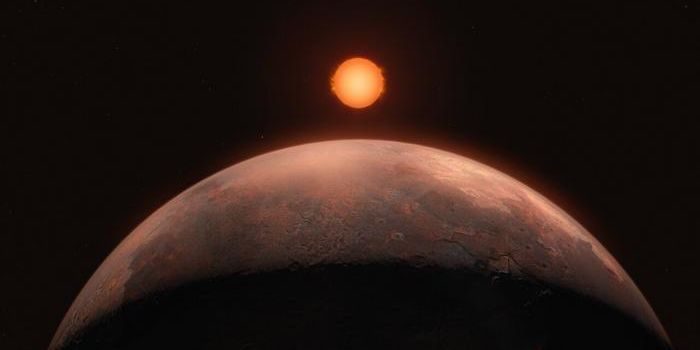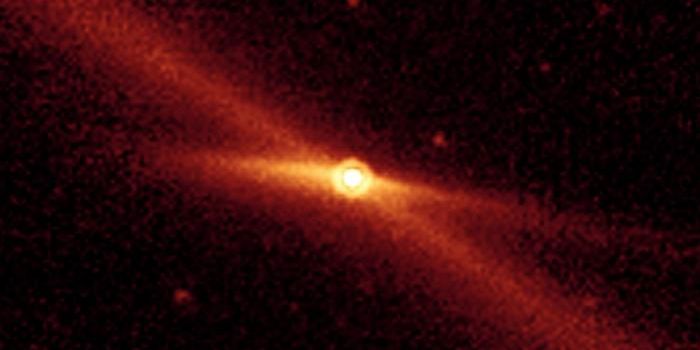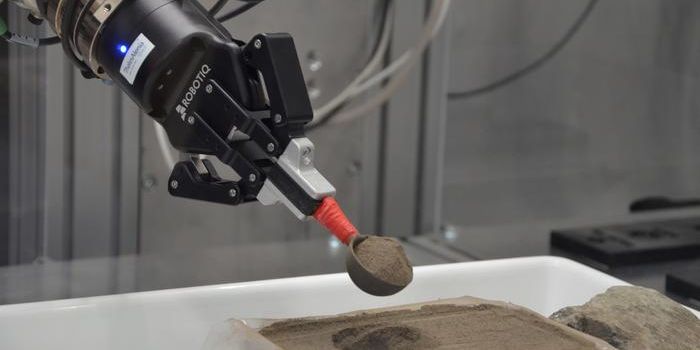NASA's Voyager Mission Engineers Take Steps to Prolong Interstellar Exploration
Launched in 1977, NASA’s Voyager 1 and Voyager 2 spacecraft explored all the outer planets within our solar system like never before. When their respective missions ended, they were both sent hurtling beyond the confines of our solar system and into interstellar space. Decades later, NASA is still receiving their faint signals, but both spacecraft have endured their fair share of glitches and issues over the years and engineers have recently taken steps to ensure both spacecraft will be sending back data for the long-term.
One issue of concern is a software glitch that Voyager 1 encountered in 2022 but engineers fixed by uploading a software path, and they hope this same patch can prevent similar software glitches with Voyager 2. The second concern is the buildup of fuel residue inside the spacecraft thrusters that are used to maintain communications with Earth by keeping their respective giant dishes pointed in the right direction.
“This far into the mission, the engineering team is being faced with a lot of challenges for which we just don’t have a playbook,” said Dr. Linda Spilker, who is a Voyager project scientist NASA JPL. “But they continue to come up with creative solutions.”
The initial software glitch on Voyager 1 involved the spacecraft sending back messy data but all other systems indicated the spacecraft was operating within normal parameters. After months of troubleshooting, the engineers uploaded a patch that they are hopeful will not only solve the problem but prevent it from occurring again in Voyager 1 and not occurring in Voyager 2. To solve the thruster buildup issue, the engineers decided to adjustment the orientation of each spacecraft by 1 degree and conduct fewer firings of the thrusters to save fuel and prevent further buildup within the thrusters for the long-term.
How much longer will the Voyager spacecraft last and continue to send back data as they keep traveling father into the void? Only time will tell, and this is why we science!
As always, keep doing science & keep looking up!
Sources: NASA, NASA (1), NASA JPL, NASA JPL (1)








